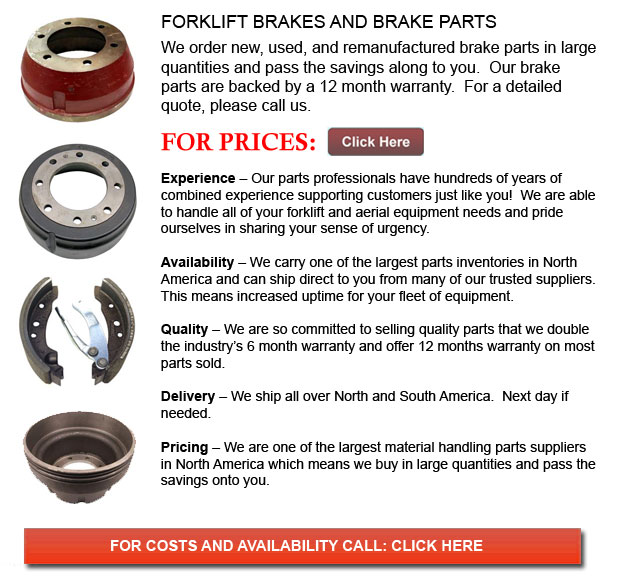
Forklift Brakes - A brake drum is in which the friction is provided by the brake shoes or brake pads. The shoes or pads press up against the rotating brake drum. There are some other brake drums kinds along with certain specific differences. A "break drum" will generally refer to if either shoes or pads press onto the interior surface of the drum. A "clasp brake" is the term used in order to describe when shoes press next to the exterior of the drum. Another kind of brake, called a "band brake" uses a flexible band or belt to wrap around the exterior of the drum. Whenever the drum is pinched in between two shoes, it can be referred to as a "pinch brake drum." Like a standard disc brake, these types of brakes are somewhat uncommon.
Before the year 1995, early brake drums required consistent modification regularly to be able to compensate for drum and shoe wear. Long brake pedal or "Low pedal" travel is the hazardous outcome if modifications are not done satisfactorily. The motor vehicle could become dangerous and the brakes could become ineffective whenever low pedal is combined along with brake fade.
There are quite a few different Self-Adjusting systems for braking available these days. They could be classed into two individual categories, the RAI and RAD. RAI systems are built in systems that help the apparatus recover from overheating. The most well known RAI manufacturers are Lucas, Bosch, AP and Bendix. The most famous RAD systems comprise AP, Bendix, Ford recovery systems and Volkswagen, VAG.
Self-repositioning brakes generally use a device which engages only whenever the vehicle is being stopped from reverse motion. This stopping method is suitable for use where all wheels use brake drums. Nearly all vehicles now utilize disc brakes on the front wheels. By working only in reverse it is less possible that the brakes will be applied while hot and the brake drums are expanded. If adapted while hot, "dragging brakes" can occur, which increases fuel consumption and accelerates wear. A ratchet mechanism that becomes engaged as the hand brake is set is another way the self repositioning brakes can work. This means is only appropriate in functions where rear brake drums are utilized. Whenever the emergency or parking brake actuator lever exceeds a specific amount of travel, the ratchet advances an adjuster screw and the brake shoes move in the direction of the drum.
There is a manual adjustment knob located at the bottom of the drum. It is typically adjusted via a hole on the other side of the wheel and this requires getting underneath the forklift using a flathead screwdriver. It is of utmost importance to move the click wheel properly and adjust every wheel evenly. If unequal adjustment occurs, the vehicle can pull to one side during heavy braking. The most effective way so as to ensure this tiresome task is done carefully is to either lift each wheel off the ground and spin it by hand while measuring how much force it takes and feeling if the shoes are dragging, or give each one the exact amount of manual clicks and then do a road test.
![]() Click to Download the pdf
Click to Download the pdf
Forklift Parts
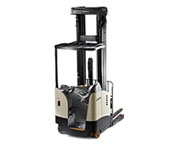
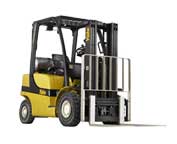
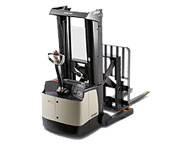
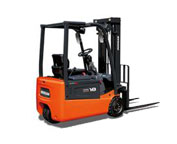
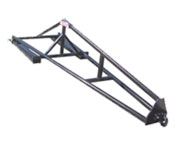
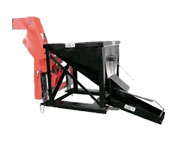
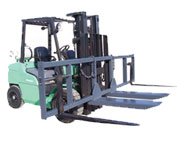
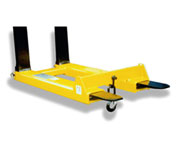
Lift Parts Express
TOLL FREE: 1-888-695-7994
forkliftpartsvirginia.com
Email Us
About Us


